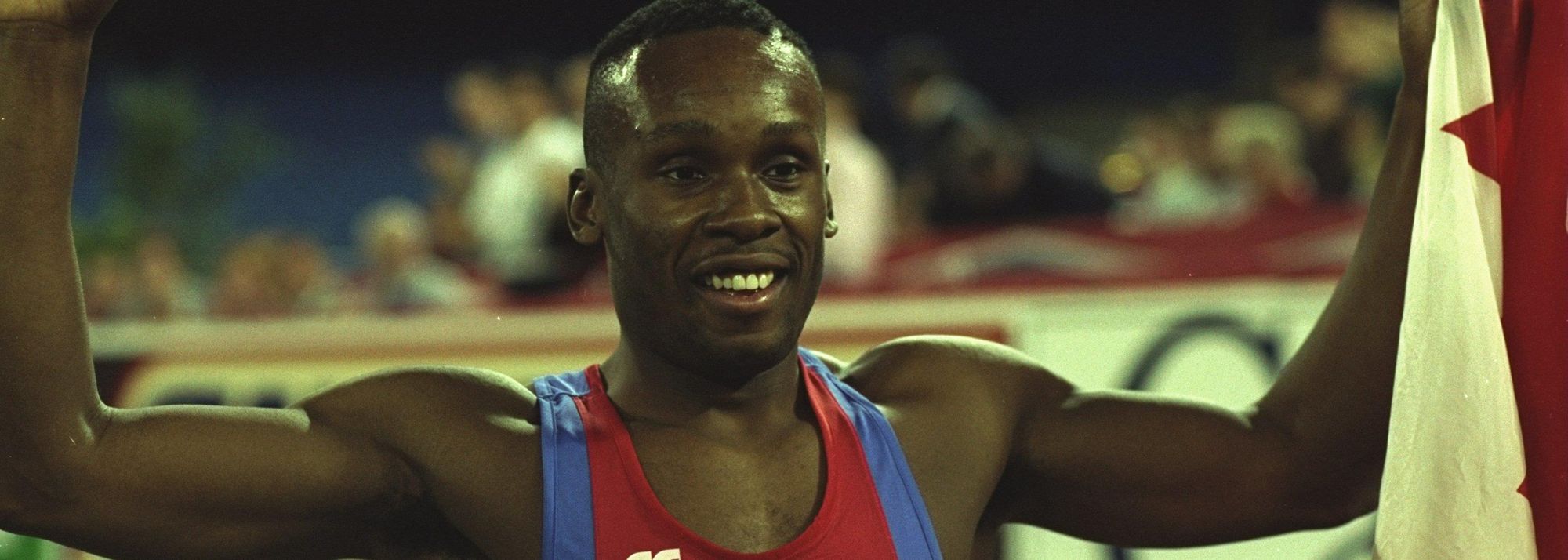Bruny Surin
IAAF Ambassador Bruny Surin was world class over 100m, but over 60m he was a complete powerhouse. Ahead of the Sopot 2014 World Indoor Championships, the double world indoor champion gives us the 411 on the shortest sprint.
1. Adapt your training
"When I was training for a world indoor championships, I did less speed endurance about a month before the big event. Some sprinters skip the indoor season because they say it's cutting down too much of their speed endurance workouts."
2. Getting up close and personal
"Competing indoors, you feel the crowd very close to you. In warm-up, athletes in all events are stretching and getting in their zone closer, because of the space. It's more intense.
"I remember the first time I won the world title in 1993 in Toronto, in front of my fans, family and friends also. In that season I was unbeatable. Repeating that performance two years later in Barcelona was just amazing."
3. 60m vs. 100m
"Over 60m, the sprinter who has the quickest turnover has the biggest advantage. It demands a quick reaction time and driving phase of 25 to 35 meters – then accelerating through the 60m mark and the race is over.
"In the 100m, after the acceleration phase the hardest part is to maintain the speed. That's why some sprinters have a lot of trouble transposing their 60m performance to the 100m."
4. No room for error
"In the 60m, make just a very little mistake and you are out. In the 100m, you have a little bit more margin to adjust. And in the indoor 200-400m, running the bend is a big challenge because of the tight curve."
5. Usain, fancy a fourth WR?
"Maurice Greene's world record is 6.39. Based on Bolt's time of 6.31 over 60m, when he broke the outdoor 100m WR in 9.58, if he put his focus on 60m for one season, I am convinced that he would run around 6.34."





